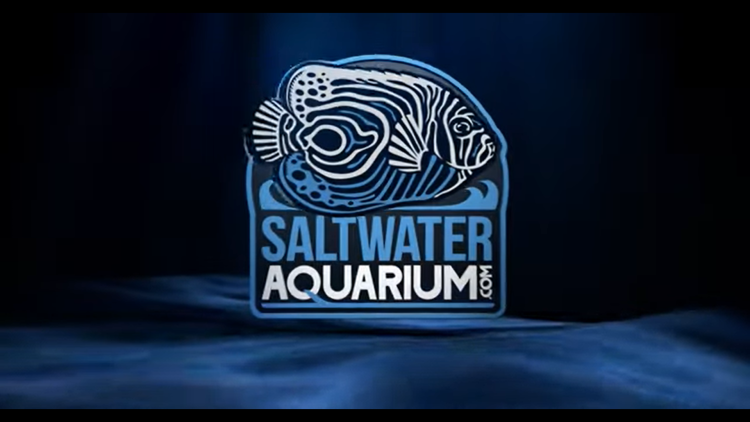Myths & Mistakes When Carbon Dosing Your Aquarium
- Nov 27, 2023
- Anshika Mishra
- 136 0 0

In this article, we'll talk about common carbon dosing mistakes and break apart some myths about using this type of nutrient export for your aquarium.
What happens if you overdose on a carbon source
First, you'll get a bacteria bloom and then a cyno-bacteria bloom, more than likely. People realize that carbon dosing is going to feed the tank.
So, if you do a liquid carbon dosing or solid carbon dosing source and then you see a cyno-bacterial outbreak, whether that be more considerable water changes, better and bitter skimmer, and reduce the amount of carbon you add. Then, it can make the bacterial overload go away.
Also, look at your siphon cleaning, substrate, and coral and rock work. Once you start carbon-dosing all that organic material, the bacteria can feed on them.
Can you over-dose bio-pellets?
Yes, you can overdose bio-pellets, just like everything else. If you grow the bacteria to the point with an overwhelming amount of bio-pellets, carbon is now not limited. Here, bacteria can start removing nitrates and phosphate, and they can bring those both down to super-low levels, and that's when you're going to start growing your dinoflagellates.
Turning off the bio-pellet reactor for some parts of the tank will encourage bacteria to consume all the oxygen. If there's any nitrate, they're going to produce nitrogen gas. When you turn the water on, you put lots of insufficient water in.
Pick a system that you can maintain. Don't fall into the urge to put everything on there. It's a recipe for failure.
UV
Bio-pellets can be very popular in a fish-only system where people have a lot of fish. If you have a UV, you're killing the bacteria in the water but not affecting the bacteria in the pellet reactor.
However, with this, you'll need some delicious coral food in your system, or you'll need a skimmer in your system, even if the UV is absent.






About author